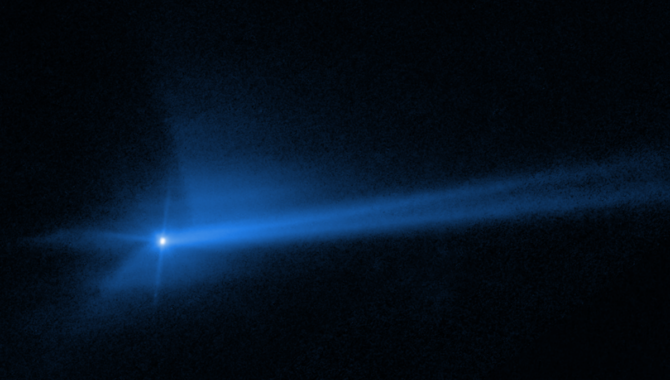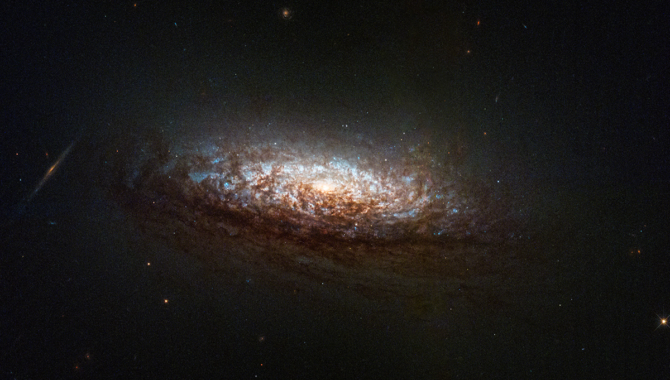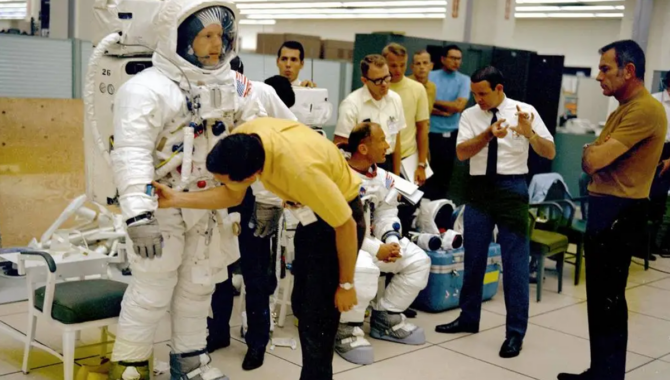
Exercise Focuses on Asteroid Response
Read More
Representatives from NASA, FEMA, federal agencies and international partners discuss real challenges posed by hypothetical scenario.

Representatives from NASA, FEMA, federal agencies and international partners discuss real challenges posed by hypothetical scenario.

Pointing method developed decades ago uses full complement of instruments to focus on targets with precision.

In June 1969, NASA charges Apollo 11 with a single, straightforward objective — Perform a manned lunar landing and return.